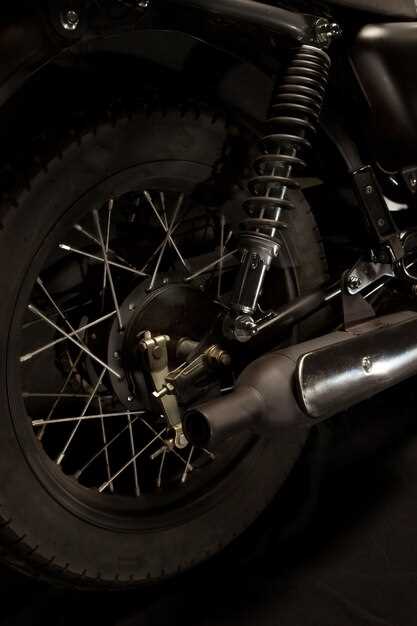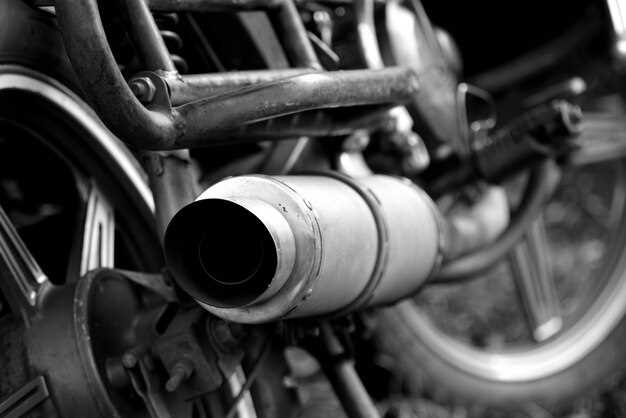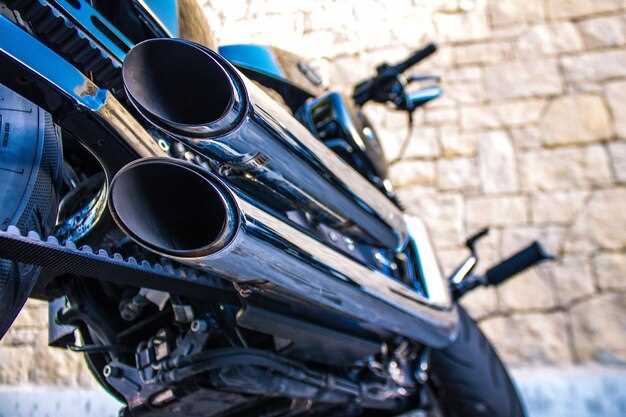
When it comes to optimizing performance on the track, the right suspension mods can make all the difference. For track racing enthusiasts, having a bike that responds flawlessly to every twist and turn is paramount. The suspension system plays a crucial role in ensuring maximum grip, stability, and rider comfort, which are essential for achieving the best lap times.
A well-tuned suspension can enhance your bike’s handling characteristics and provide you with the confidence to push your limits. This article will explore the best suspension upgrades available for track racing bikes, focusing on the types of mods that will improve your overall racing experience. From high-performance forks to advanced rear shock absorbers, we’ll cover a range of options that cater to different racing styles and preferences.
Before diving into specific upgrades, it’s vital to understand how each mod impacts your bike’s performance. Enhancements such as adjustable damping, spring rates, and preload settings can significantly affect how your bike handles under various conditions. By tailoring your suspension setup, you can achieve a more responsive and agile ride, allowing you to maintain control even in the most challenging race scenarios.
Choosing the Right Shock Absorber for Optimal Performance
Selecting the appropriate shock absorber is crucial for maximizing the performance of your track racing bike. The right shock can significantly enhance handling, grip, and overall stability, leading to faster lap times. When considering mods for your bike, it’s essential to understand the types of shock absorbers available and their impact on performance.
One important factor is the shock type. There are generally two categories: air shocks and coil shocks. Air shocks are lighter and can be easily adjusted for different track conditions, making them suitable for racers who frequently encounter varying surfaces. In contrast, coil shocks often offer a more consistent performance and are preferred for their linear response, which can be beneficial on smooth tracks.
Another key aspect to consider is the shock’s damping settings. Damping controls how quickly the shock absorber reacts to bumps and impacts. Adjusting the compression and rebound damping can alter the bike’s behavior during cornering and acceleration. For racing, a well-tuned damping setup helps maintain tire contact with the ground, improving grip and control during high-speed maneuvers.
Additionally, the spring rate is vital. A spring that is too soft can lead to bottoming out, while a spring that is too stiff may not allow for sufficient travel, resulting in a harsh ride. Finding the right balance is essential for maximizing traction and comfort during long races. Testing different spring rates in various conditions will help you identify the optimal setup for your racing style and track demands.
Finally, always consider the compatibility of the shock absorber with your bike’s frame and suspension geometry. Proper fitment ensures that the shock works effectively, allowing for better modulation of forces experienced during racing. Investing time in research and testing different shock absorbers will ultimately lead to significant improvements in your track performance.
Tuning Suspension Settings for Different Track Conditions

Adjusting suspension settings is crucial for optimizing performance on varying track conditions in racing. Different surfaces–such as asphalt, concrete, or gravel–require tailored suspension setups to maximize grip and stability.
On smooth tracks, a stiffer suspension setup can enhance responsiveness, allowing the bike to corner more sharply without excessive body roll. Increasing the spring rate and reducing rebound damping can aid in maintaining tire contact during aggressive cornering maneuvers.
For rough or uneven surfaces, softer suspension settings are preferable. This adjustment helps absorb bumps, providing better traction and rider comfort. Lowering the spring rate and increasing compression damping can effectively manage weight transfer and maintain control over irregularities in the track.
Wet or slippery conditions demand a balanced approach. A medium setting, combining softness and stiffness, allows for both grip and stability. Optimizing rebound damping helps prevent the bike from bouncing excessively, which can lead to loss of control on slick surfaces.
Elevation changes further complicate suspension tuning. On downhill slopes, firms settings can prevent excessive bottoming out, while uphill conditions may benefit from a softer setup to improve weight distribution and traction on ascents.
Regularly assessing and adjusting your suspension settings based on specific track conditions can significantly improve overall racing performance, providing a critical edge in competitive racing scenarios.
Maintenance Tips for Extended Lifespan of Suspension Components

Proper maintenance of suspension components is crucial for track racing bikes. By following these guidelines, you can significantly extend the lifespan of your suspension system while ensuring optimal performance during races.
Regular Inspection: Frequently check your suspension for signs of wear and damage. Look for fluid leaks, cracks, or unusual noises that may indicate issues. Early detection can prevent costly repairs and improve safety on the track.
Cleaning: Keep your suspension clean to avoid dirt and debris buildup. Use a soft cloth and mild cleaner to wipe down parts, especially around seals and joints. Regular cleaning ensures smooth operation and prevents premature wear.
Lubrication: Apply appropriate lubricants to moving parts as recommended by the manufacturer. This will reduce friction and wear, enhancing the performance and responsiveness of your suspension system. Always use lubrication specifically designed for racing applications.
Adjust Settings: Regularly adjust your suspension settings based on track conditions. Tightening or softening the suspension can improve handling and stability. Familiarize yourself with the adjustments to ensure optimal performance for different racing scenarios.
Check Pressure Levels: Maintenance of air pressures in air-sprung suspension components is vital. Inspect and adjust the air pressure regularly to meet your racing requirements, ensuring the suspension operates within the desired range for maximum efficiency.
Professional Servicing: Schedule regular professional inspections and servicing according to manufacturer guidelines. Specialized technicians can identify issues that may not be apparent during routine checks and provide expert solutions to keep your racing suspension in top condition.
Replacement of Worn Parts: Don’t hesitate to replace worn or damaged suspension components. Ignoring these signs can lead to reduced performance and increase the risk of failure during a race. Timely replacements are essential for maintaining a competitive edge.
Following these maintenance tips not only enhances the longevity of your suspension components but also ensures a safer and more efficient racing experience on the track.
